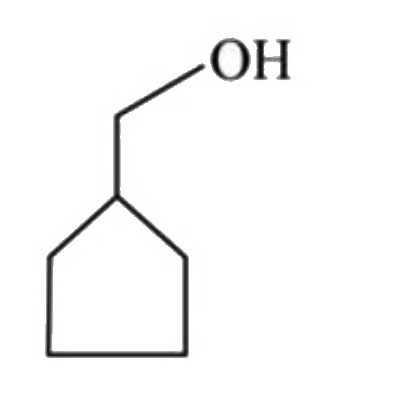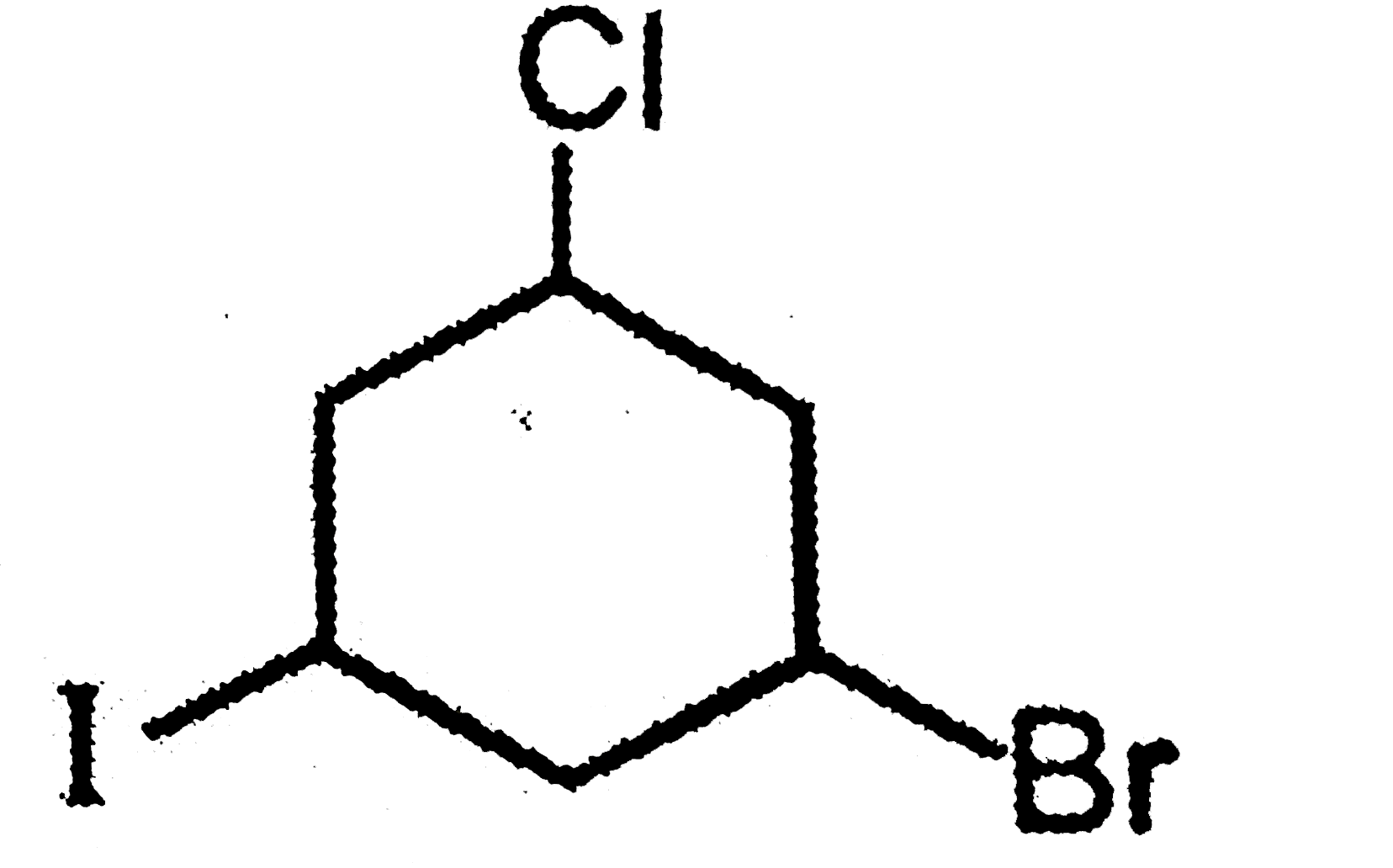How many isomers are possible (includding geometrical isomers) on monobromination of methyl cyclohexane? Which isomer is in major amount? Compare with monochlorination products.
To solve the question regarding the number of isomers possible from the monobromination of methylcyclohexane, including geometrical isomers, we can follow these steps:
1. Identify the Structure of Methylcyclohexane:
- Methylcyclohexane consists of a cyclohexane ring with one methyl group attached to it. The structure can be represented as:
CH3|/∣|∣∣ −−−−−
2. Understand Monobromination:
- Monobromination refers to the substitution of one hydrogen atom in methylcyclohexane with a bromine atom (Br) in the presence of light, leading to the formation of various isomers.
3. Determine Structural Isomers:
- There are two main structural isomers formed by replacing one hydrogen atom with bromine:
- Isomer 1: Bromine on the carbon adjacent to the methyl group (1-bromo-2-methylcyclohexane).
- Isomer 2: Bromine on the carbon opposite to the methyl group (1-bromo-1-methylcyclohexane).
4. Identify Geometrical Isomers:
- For each structural isomer, we can have geometrical (cis/trans) isomers. In this case, we can have:
- Cis and Trans Isomers for both structural isomers.
- This results in a total of 4 geometrical isomers (2 for each structural isomer).
5. Total Isomers Calculation:
- Total isomers from monobromination = Structural isomers + Geometrical isomers.
- Total = 2 (structural) + 4 (geometrical) = 6 isomers.
6. Identify Major Isomer:
- The major isomer is typically the one that is more stable. In this case, the isomer where bromine is attached to the carbon adjacent to the methyl group (1-bromo-2-methylcyclohexane) is likely to be the major product due to steric factors.
7. Comparison with Monochlorination:
- Chlorination is less selective compared to bromination. Therefore, while bromination yields a major isomer, chlorination will produce multiple isomers without a dominant one.
- In monochlorination, we will also have multiple isomers, but none will be in a major amount due to the less selective nature of chlorine radicals.
Final Answer:
- Total isomers possible from monobromination of methylcyclohexane: 6 isomers (including geometrical isomers).
- Major isomer: 1-bromo-2-methylcyclohexane.
- In monochlorination, there will be multiple isomers, but no single isomer will dominate.
- Methylcyclohexane consists of a cyclohexane ring with one methyl group attached to it. The structure can be represented as:
CH3|/∣|∣∣ −−−−−
- Monobromination refers to the substitution of one hydrogen atom in methylcyclohexane with a bromine atom (Br) in the presence of light, leading to the formation of various isomers.
- There are two main structural isomers formed by replacing one hydrogen atom with bromine:
- Isomer 1: Bromine on the carbon adjacent to the methyl group (1-bromo-2-methylcyclohexane).
- Isomer 2: Bromine on the carbon opposite to the methyl group (1-bromo-1-methylcyclohexane).
- For each structural isomer, we can have geometrical (cis/trans) isomers. In this case, we can have:
- Cis and Trans Isomers for both structural isomers.
- This results in a total of 4 geometrical isomers (2 for each structural isomer).
- Total isomers from monobromination = Structural isomers + Geometrical isomers.
- Total = 2 (structural) + 4 (geometrical) = 6 isomers.
- The major isomer is typically the one that is more stable. In this case, the isomer where bromine is attached to the carbon adjacent to the methyl group (1-bromo-2-methylcyclohexane) is likely to be the major product due to steric factors.
- Chlorination is less selective compared to bromination. Therefore, while bromination yields a major isomer, chlorination will produce multiple isomers without a dominant one.
- In monochlorination, we will also have multiple isomers, but none will be in a major amount due to the less selective nature of chlorine radicals.
- Total isomers possible from monobromination of methylcyclohexane: 6 isomers (including geometrical isomers).
- Major isomer: 1-bromo-2-methylcyclohexane.
- In monochlorination, there will be multiple isomers, but no single isomer will dominate.
Topper's Solved these Questions
- ALKANES AND CYCLOALKANESBOOK - CENGAGE CHEMISTRY ENGLISHCHAPTER - ALKANES AND CYCLOALKANESEXERCISE - SOLVED EXAMPLES
19 Videos
- ALKANES AND CYCLOALKANESBOOK - CENGAGE CHEMISTRY ENGLISHCHAPTER - ALKANES AND CYCLOALKANESEXERCISE - EXERCISES
24 Videos
- ALKENES AND ALKADIENESBOOK - CENGAGE CHEMISTRY ENGLISHCHAPTER - ALKENES AND ALKADIENESEXERCISE - Single correct Answer
14 Videos
Similar Questions
Knowledge Check
How many isomers are possible for the following molecule ?
 A1B2C3D4
A1B2C3D4How many isomers are possible for the following molecule?
 A1B2C3D4
A1B2C3D4
Which can show geometrical isomer ?
View SolutionHow many isomers are possible in [Cr(en)2Br2] ?
View SolutionHow many positional isomers are possible for this compound

View SolutionHow many positional isomers are possible for dimethylcyclohexane?
View SolutionHow many position isomers are possible for chlorophenol?
View SolutionWhich is a pair of geometrical isomers?

View Solution

